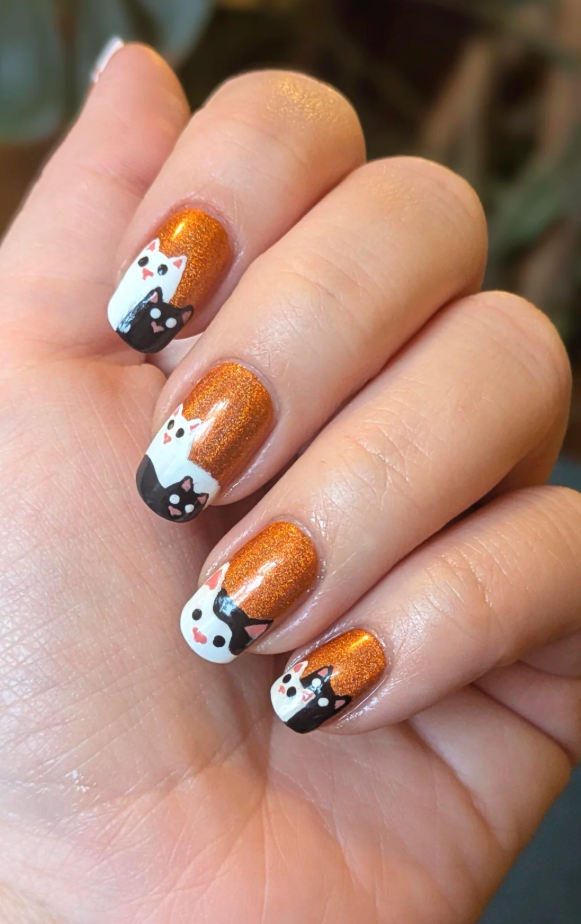The Doctor is SO In
JJ’s gender care in Mexico is a revelation, thanks to community. I wish I had known how important community was from the start

When JJ came out, I had no clue what gender affirming care entailed. To be honest, the very idea scared me. What did such care mean for my kid’s body? For answers, I turned to medical offices in our town that specialize in gender care. I wanted guidance from experts. The experts, I assumed, were doctors.
I got nowhere.
The local gender clinic hosted information sessions. Which were fully booked months out. Meanwhile, they offered no support, not even a recorded webinar. And they would not answer any of my specific questions over the phone.
So I reached out to the prominent gender clinics in New York, run by Columbia University and NYU, because my employer was in NYC. They did not take my insurance. I tried subsidized clinics, but they could not see my kid because my kid was not a NYC resident.
Finally, I reached out to a friend and former student, Daphne, who has a trans kid. Her frustration with me was immediately evident: “Why didn’t you come to me sooner?” she said. “You're running out of time.”
I did not know that. I did not know a body in puberty develops terribly fast.
JJ was AFAB (assigned female at birth) and already had their period when they came out. That meant it was too late for puberty blockers. Blockers might have been a game changer for JJ, as they can forestall dysphoria and anxiety, giving kids extra time to figure out who they are.
The haters would say this is not a kid’s choice to make. The haters do not trust your kid. They do not trust their own kids. They do not listen. And they do not trust parents, especially mothers.
Not asking
Speaking of not listening, it’s hitting me now that JJ did not share with me what treatment they wanted and needed when they came out. And that I had not asked them. I’m sure they had done their research. No doubt they sensed my fear of the topic.
If I had it to do over, I would start by asking JJ how they want their transition to go, as they are the one living in their body. The most important thing you can do as the parent of a trans child is listen.
Gender affirming care is healthcare. It’s that simple. As with any healthcare, it looks different for different people. Treatment for endometriosis or prostate troubles, birth control, blockers for precocious puberty, Pap smears, mammograms, vasectomies, HRT for menopausal and/or trans people—all of this is gender affirming care.
But the first thing you need is a doctor who accepts that your kid is the gender they say they are. That trust comes before blockers or hormones or anything else. The right doctor is willing to gather information about your kid before deciding on a course of treatment.
I was not aware of any of this.
Gender Defiant is a reader-supported publication. We appreciate you! Help underwrite our costs so we can keep bringing you stories of the real, lived lives of trans families beneath the screaming by politicians.
Not that finding the right doctor is easy. For any of us. How many times have you had a doctor who refuses to believe your symptoms? My father told his doctor he was feeling weak. The doctor insisted he was suffering from overeating and acid reflux. Days later, a different provider, in the ER, discovered the cause of his internal bleeding: inoperable tumor.
Devout
Finding a decent gender doctor is just the start. Specialists have their own issues. After JJ went on T, I took them to see a dermatologist about their acne. We explained that JJ took testosterone. The doctor assured us the acne would clear up when JJ finished their treatment of testosterone. Which revealed that she knew nothing about trans healthcare. Doctors in the U.S. are accustomed to being “right.” They don’t say “let me do some research and get back to you about that.”

I have come to realize that my devout regard for doctors got in the way of finding care for JJ. Waiting until I had met with a “real” doctor to discover what gender affirming care was, for instance. If I had sought community from the start, as opposed to the expert opinions of clinicians, I would have had an easier time, and JJ would have done better sooner.
If I had sought community from the start, as opposed to the “expert” opinions of clinicians, I would have had an easier time, and JJ would have done better sooner.
Daphne got JJ an appointment with a Dr. Chanoz, in Boston. As a former New Yorker, I am not a fan of Boston. But when it comes to gender affirming care, Boston is the shit.
At the appointment, Dr. Chanoz spoke directly to JJ, looking straight into their hazel eyes. It was clear she was treating JJ only. Unlike with other pediatricians, I felt my input was not needed. I kind of hated Dr. Chanoz because she made me feel unnecessary. But I also knew she was the best doctor for JJ.
She did a deep dive into JJ’s health. Every last bit of it. Blood tests, queries into mental health, you name it. She put JJ on testosterone right away. Do you want to inject it? she asked them.
Intruding
Before JJ could answer, I intruded and advocated for injections because I felt proud of giving myself injections while undergoing IVF to get pregnant with JJ. I thought I had valuable insight, but I was just interrupting.
Dr. Chanoz ignored me. JJ chose a gel that they apply to their arms nightly before bed.
At the next visit, Dr. Chanoz prescribed an anti-anxiety medication after JJ spoke to being anxious about their body and the pressures of school online during Covid.
JJ was prescribed the same medication I have been taking since 1999.
The anti-anxiety treatment is part of JJ’s gender affirming care.
After checking in with JJ at the third appointment, Dr. Chanoz upped their T dosage. JJ’s voice deepened. They got more body hair. Their confidence grew. They were doing better. This all unfolded over eight months. Back when gender affirming care was still widely available in the U.S. When it was not being denied and cut off. When it was not being criminalized.
It may have been hard to figure out and imperfect, but at least gender affirming care for trans Americans was out there.
Hate blocker
When the U.S. Attorney General’s executive orders about care for trans minors came out, I had to make a choice. If your own government declares that your child’s healthcare is “mutilation,” you’ve got another problem altogether.
Which is why JJ and I moved to Mexico.
I would have never thought, a mere five years ago when JJ came out, that I would move, in the second half of my fifties, to a country whose language I don’t speak. But I could no longer endure the hate in the United States. Living in Mexico City has been a break. Maybe Mexico is a blocker of sorts: a blocker of hate. In Mexico, I can think things out. Who am I now? I don’t know, but I have time learn.
I did know I made the right decision in coming here when I discovered I can buy JJ’s testosterone at the local farmacia, no questions asked.
And I know that to find a doctor, I should turn to community. My insurance broker in Mexico City asked his psychologist for a recommendation; this psychologist recommended a psychiatrist, a trans woman. She in turn recommended a gender doctor. Which is how we found Dr. Legacy Chin Rivera.
JJ and I waited in the lobby of the building in which Dr Rivera has her office. We had brought the small dog we adopted the previous week in a local park. The door person, who checked us in by inscribing our names and the date in an elaborate book, said we could not see Dr. Rivera if we had the dog with us.

A swirl
Just then Dr. Rivera swept into the lobby, rushing as if she’d just come back from lunch. She spoke sweetly to the door person, explaining that the dog is small and well-behaved, yes? She glanced at us to confirm this. We followed her upstairs.
Dr. Rivera cannot be older than 35. She has pink hair and the most beautiful cat-eye glasses. Her nails are cleverly manicured with tiny images of kittens. Her gray skirt ended in a swirl just below her knees. She gives PowerPuff Girl. The way she moved through the building’s lobby, with fresh purpose, announced that an altogether new kind of provider had entered our lives.
Dr. Rivera engaged immediately with JJ about their acne, suggesting they lower their T dose and consider an injection. Lo and behold, Mexico offers a larger variety of hormone treatments than in the U.S. Dr. Rivera showed JJ and me charts that track hormone fluctuations as they respond to a variety of treatments. Essentially, she was showing us the many options available to us.
She apologized for her poor Ingles, which was not poor at all, and cheerfully answered treatment questions I never dared ask Dr. Chanoz. She talked about side effects. She talked about the many ways JJ can fine-tune their treatment for a personalized outcome.
Then she suggested JJ enroll in the gender clinic at which she works so they can receive their treatment and medications for free.
Our little dog had been tucked in my bag throughout the visit, gnawing a smelly piece of rawhide. I tried to pretend it wasn’t gross. But it stank!
As we left, Dr. Rivera chuckled, propping her office door open to air the space out. There were other patients in her waiting room.
— T.C.



